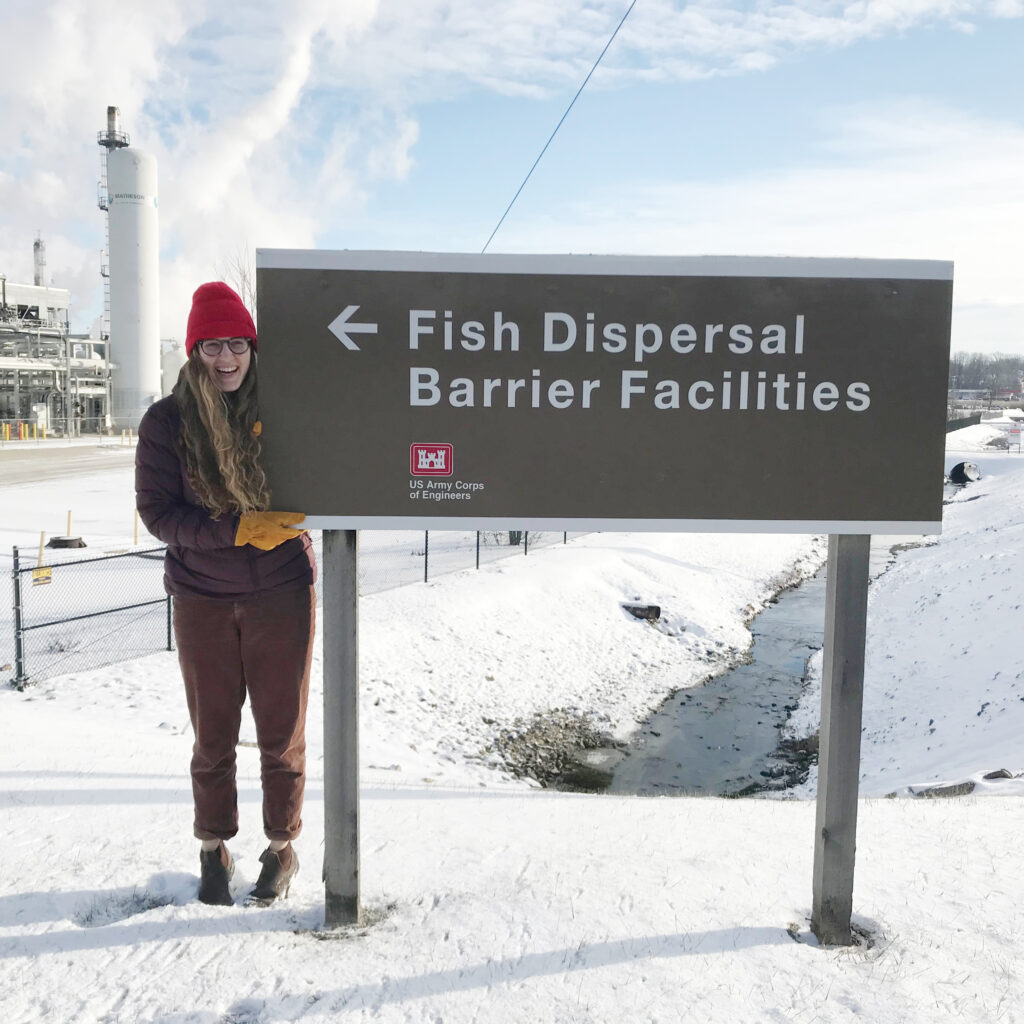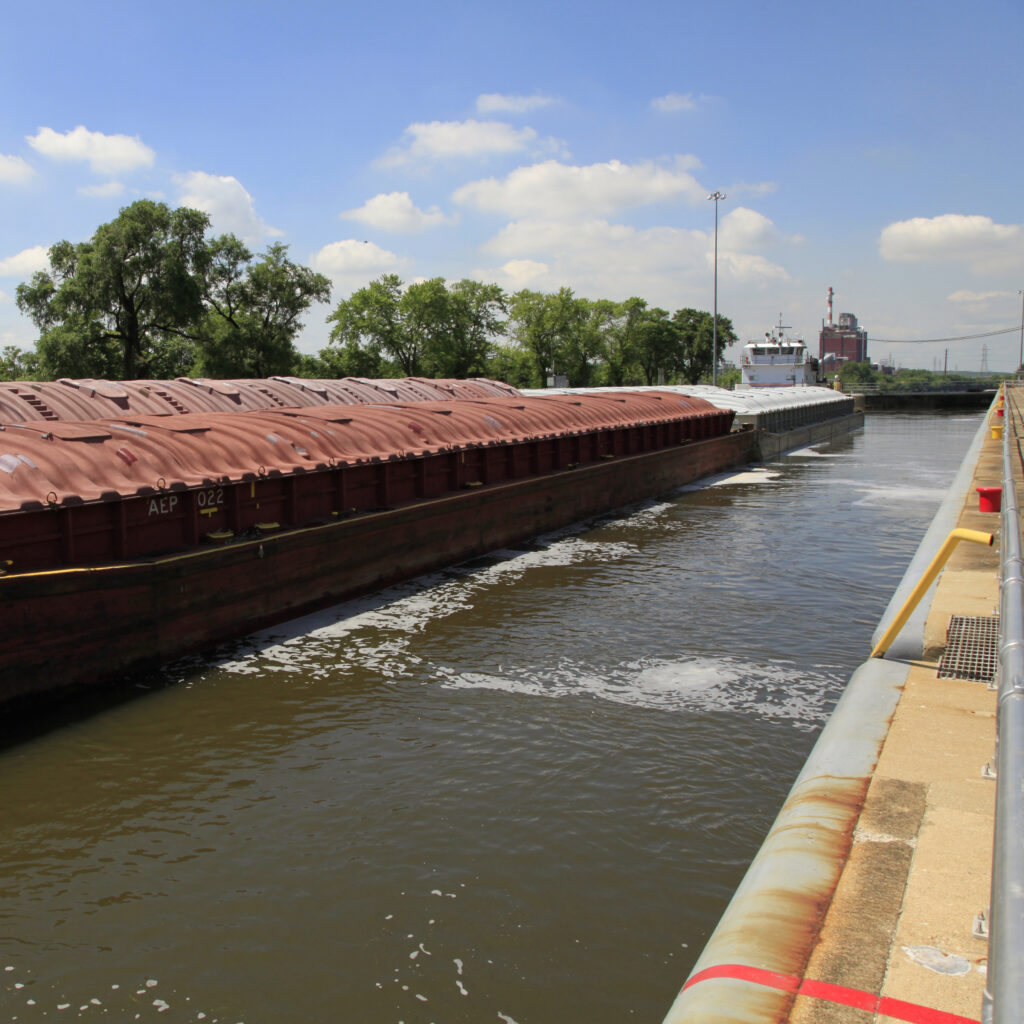Episode 4, June 17, 2020
The carp are coming (Invasive Carp part 1)
Invasive silver, bighead, black and grass carp (often collectively known as Asian carp) have upended ecosystems and caused economic pandemonium after being introduced into some of North America’s largest lakes and rivers. There’s a lot of fear and uncertainty about what could happen if these carp become established in the Great Lakes.
In this episode, the Introduced team takes a trip to the world’s largest electric fish dispersal barriers on the Chicago Sanitary and Ship Canal, which is the only link between the Great Lakes and the Mississippi River. The electric barriers were constructed here because if you were to follow the river only 100 miles southwest toward Peoria, you’d find the highest population density of silver and bighead carp of anywhere in the world.
Next, we go south to Kentucky, where we get a glimpse at how a silver and bighead carp invasion impacted tourism and the fishing industry in the rural, water-driven Kentucky Lake area. Then, Titus Seilheimer helps predict how invasive carp could change the Great Lakes. Lastly, we hear about the two dramatic days when carp were found past the electric barriers – once in 2010 and once in 2017.
EDIT: In this episode, we state that the dense and reproducing carp population is 20 miles downstream of the electric carp barriers. This is incorrect – the dense and reproducing Asian Carp population is located 100 miles downstream of the barriers in the Peoria and La Grange pools of the Illinois River.

Sydney and Bonnie took a trip to the Fish Dispersal Barrier Facilities in Romeoville, Illinois. The barriers were created to deter silver, bighead, grass and black carp from establishing in Lake Michigan. If they were able to get into Lake Michigan, silver, bighead and grass carp might be able to thrive in near-shore areas, where they could find lots of food.

The electric dispersal barriers might not look like much above the surface, but at the bottom of this canal are three separate barriers that maintain an electric field in the water. When fish come into contact with the electric field, they are stunned and the current pushes them away from the barrier. Photo: US Army Corps of Engineers Chicago District.
Thanks to our guests
Duane Chapman, US Geological Survey
Tim Campbell, Wisconsin Sea Grant
Kevin Irons, Illinois Department of Natural Resources
Elena Blevins, Kentucky Lake Convention and Visitor’s Bureau
Titus Seilheimer, Wisconsin Sea Grant
Chuck Shea, US Army Corps of Engineers
Thank you to the US Army Corps of Engineers and Chuck Shea for a tour of the electric barriers.
Credits

Bonnie Willison | Host
Video Producer
What I do at Sea Grant
As the videographer and digital storyteller, Bonnie uses her video and animation skills to showcase the stories of Wisconsin Sea Grant.

Sydney Widell | Host
Student podcast producer
What I do at Sea Grant
Sydney brings her background in geography and journalism to Wisconsin Sea Grant, where she is the co-producer and co-host of Introduced.


